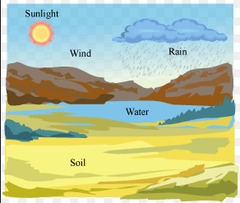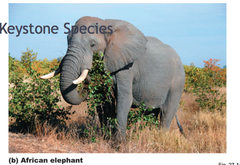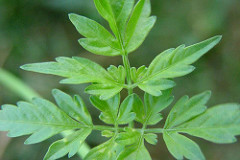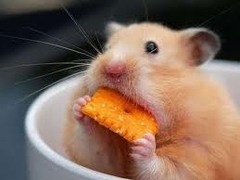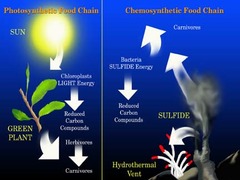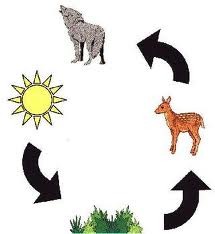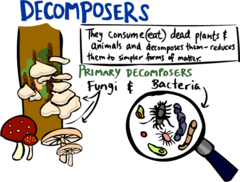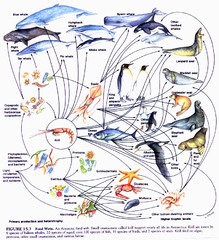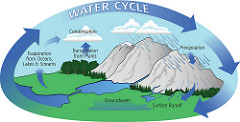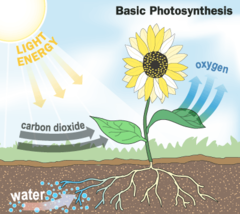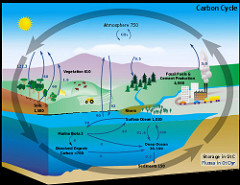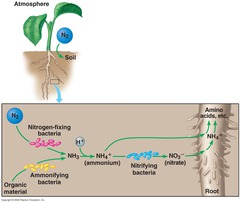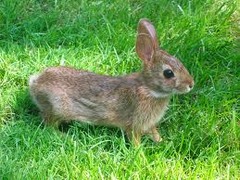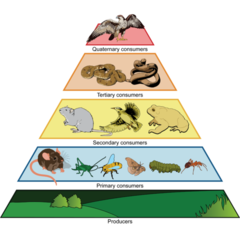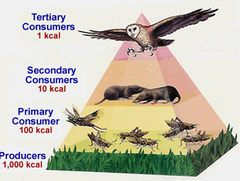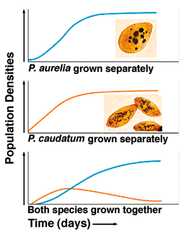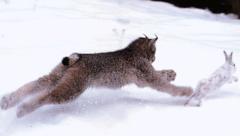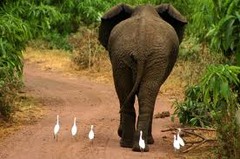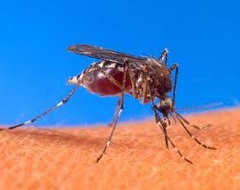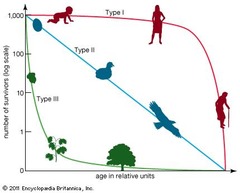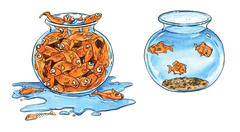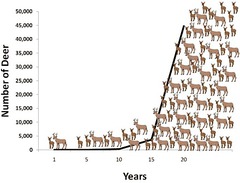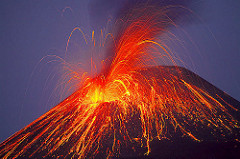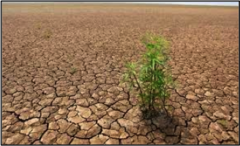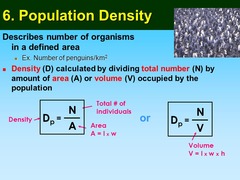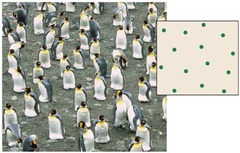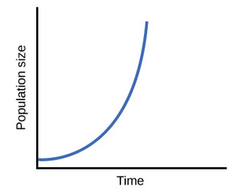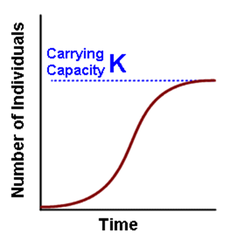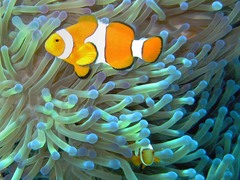Modeling
using computers and mathematical models to describe and model nature; scientists manipulate different model variables to learn about organisms or whole ecosystems
abiotic factor
nonliving things or factors in an environment that may impact the survival of a living thing
biodiversity
variety of living things in an ecosystem; a higher number of different species means there is more biodiversity.
keystone species
species that has an unusually large effect on its ecosystem and holds together a dynamic ecosystem, like elephants and beavers
Producer
organisms that get their energy from nonliving resources and make their own food; a.k.a. autotrophs. They provide the energy in an ecosystem. Most producers use sunlight
heterotrophs
consumers. organisms that get their energy by eating other living or once-living resources
chemosynthesis
process by which an organism forms carbohydrates using chemicals, rather than light, as an energy source
food chain
a single sequence that links species by their feeding relationships
decomposers
organisms that eat dead organic matter and break it down into simpler compounds. They are important in an ecosystem because they return important nutrients back into the environment
food webs
model that shows the complex network of feeding relationships and the flow of energy within and sometimes beyond an ecosystem.
hydrologic cycle
water cycle; circular pathway of water on Earth from the atmosphere, to the surface, below the ground, and back.
similarity between oxygen cycle and carbon cycle
cycles that depend on photosynthesis
carbon cycle
the circular pathway of carbon flowing from the environment to living organisms and back again.
nitrogen fixation
process in which certain types of bacteria convert gaseous nitrogen into ammonia
primary consumers
herbivores; first consumer above the producer trophic level
secondary consumer
carnivores that eat herbivores
trophic level
levels of nourishment in a food chain; carnivores are at the highest level, herbivores are at the second level, producers are at the bottom first level.
Energy pyramid
diagram that compares energy used by producers, primary consumers, and other trophic levels. the pyramid shows how available energy is distributed among trophic levels; energy levels on the bottom is largest, and energy is progressively lost as it moves up the pyramid
competitive exclusion
competition of two species competing for the same resources; one will be pushed into another ecological niche, die out, or experience divergent evolution
ecological equivalents
species that occupy similar ecological niches but live in different geographical regions
predation
process by which one organism captures and feeds upon another organism
commensalism
a symbiotic relationship in which one organism receives an ecological benefit from another organism that neither benefits nor is harmed from the relationship.
parasitism
relationship in which one organism benefits while the other is harmed; the host is kept alive for days or years
survivorship curve
generalized diagram showing the number of surviving members over time from a measured set of births; gives information about the life history of a species
immigration
movement of individuals into population from another population
carrying capacity
the maximum number of individuals of a particular species that the environment can normally and consistently support; changes in the environment can lead to changes in the carrying capacity
density-dependent limiting factor
limiting factors that are affected by the number of individuals in a given area; competition, predation, parasitism, and disease are DDLF
density-independent limiting factor
factor in the environment that limit a population's growth regardless of the density of the population
pioneer species
the first organisms that live in a previously uninhabited area; typical examples are lichens and some mosses
secondary succession
reestablishment of a damaged ecosystem in an area where the soil was left intact
population density
measurement of the number of individuals living in a given space. Population density=number of individuals/area of the space
uniform dispersion
species will live at specific distances from one another due to territoriality and competition for limited resources
factors that affect population size
immigration, births, emigration, deaths
exponential growth
type of growth in population that occurs when a population size increases dramatically over a period of time
logistical grwoth
a population begins with a period of slow growth followed by a brief period of exponential growth before leveling off at a stable size
mutualism
interspecies interaction in which both organisms benefit from one another

